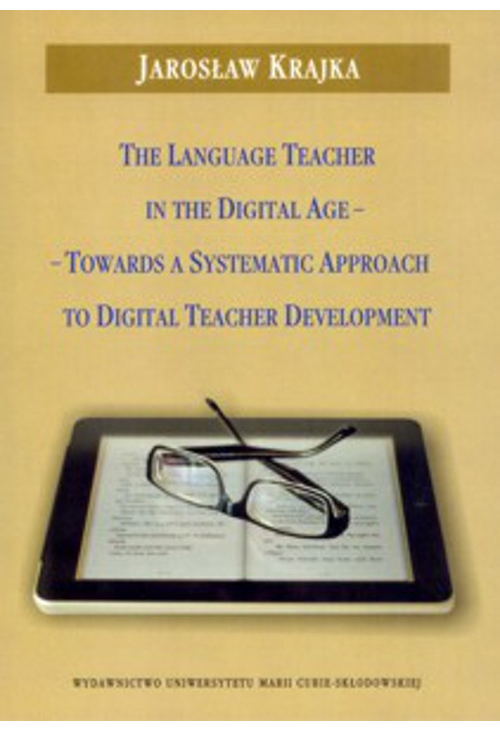
- -11%
ebook The Language Teacher in the Digital Age
Odkryj fascynujący świat nauczania języków obcych w dobie cyfrowej dzięki książce "The Language Teacher in the Digital Age" autorstwa Jarosława Krajki, wydanej przez UMCS w 2012 roku. Ta wyjątkowa publikacja w języku angielskim przeniesie Cię w erę edukacji językowej AD 2011, gdzie nauczyciele języka angielskiego stają przed nowymi wyzwaniami technologicznymi.
Jarosław Krajka, ekspert w dziedzinie nauczania języków obcych, przedstawia kompleksowe spojrzenie na rolę i kompetencje "skomputeryzowanego" nauczyciela. Dzięki tej rozprawie polscy edukatorzy zdobędą wiedzę z najnowszej literatury przedmiotu, która została opublikowana za granicą, a także zostaną zapoznani z aktualnym stanem badań w Polsce.
Chcesz mieć dostęp do wiedzy na wyciągnięcie ręki? Pobierz ebook "The Language Teacher in the Digital Age" i ciesz się wygodnym formatem PDF, który pozwoli Ci na łatwe czytanie i przechowywanie książki na różnych urządzeniach. To idealne wydanie elektroniczne dla każdego, kto chce pogłębić swoją wiedzę o nauczaniu języków obcych w erze cyfrowej.
Nie czekaj! Odwiedź sklep z ebookami i znajdź najlepsze publikacje cyfrowe, w tym ten fascynujący ebook na temat nauczania języków obcych. Czytanie ebooków to wygodny i ekologiczny sposób na poszerzanie horyzontów. Zanurz się w świecie najlepszych bestsellerów ebookowych i pozwól sobie na dostęp do wiedzy, która zmieni Twoje podejście do nauczania języków obcych w XXI wieku.
Szczegóły ebooka The Language Teacher in the Digital Age
- Wydawca:
- UMCS
- Rok wydania:
- 2012
- Typ publikacji:
- Ebook
- Język:
- angielski
Recenzje ebooka The Language Teacher in the Digital Age
-
Reviews (0)

Na jakich urządzeniach mogę czytać ebooki?
- -11%


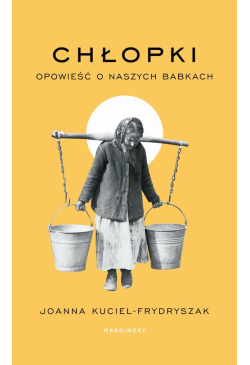
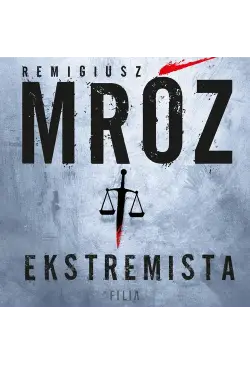

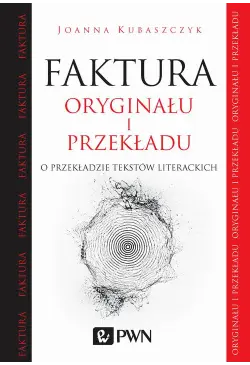
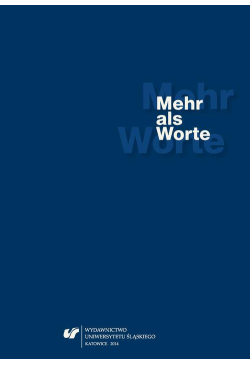
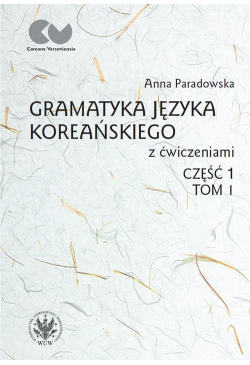
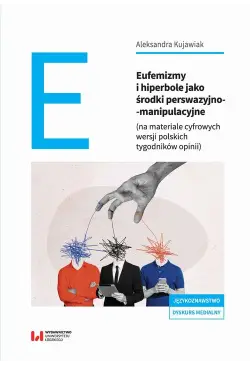
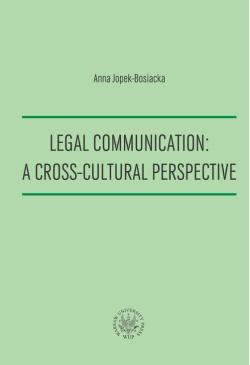
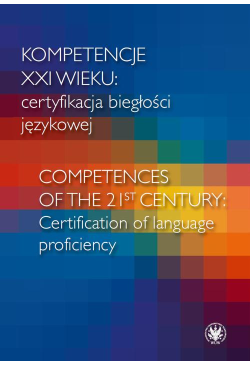
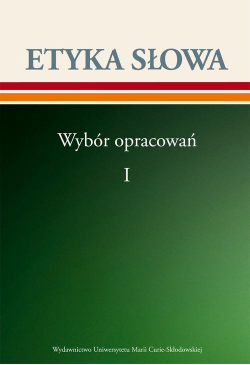
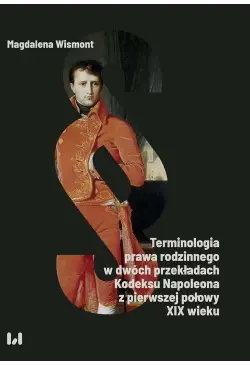
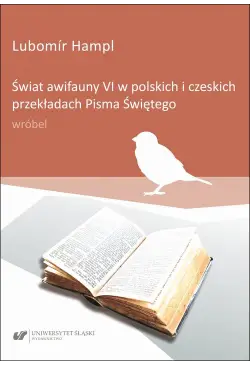
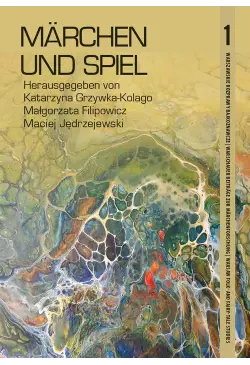

@CUSTOMER_NAME@
@COMMENT_TITLE@
@COMMENT_COMMENT@